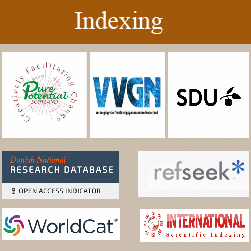Post-Operative Nasal Obstruction: Comparison between External and Endoscopic Dacryocystorhinostomy
Author(s):
Youval Slovik, Waleed Kian* Tova Monos, Melanie Zemel, Moshe Puterman, Erez Tzumi and Farouq Alguayn, Sabri El-Saied*
Objectives: The objectives of this study is to compare between endoscopic and external dacryocystorhinostomy (DCR) procedures with regards to both objective and subjective parameters, i.e., incidence of long term post-operative nasal obstruction and patientreported quality of life.
Study Design: Prospective study
Setting: Tertiary Care University Hospital
Participants: Study population included 24 patients undergoing either endoscopic or external DCR with bicanalicular silicone, at the Department of Otorhinolaryngology and Head and Neck Surgery in (removed for blind peer review 1).
Main outcome and measure: Changes in nasal resistance was determined by anterior rhinomanometry, and quality of life was assessed by mini rhinoconjuctivitis quality of life questionnaire (MRLQ).
Results: Post-operative nasal resistance was significantly increased upon both endoscopic and external DCR (p=0.04); this outcome was temporary and returned to normal after stent removal. Quality of life (QOL) exhibited a significant bimodal improvement in both groups 3 months after the operation (p=0.03), as well as after stent removal (p=0.01).
Conclusions: While endoscopic and external DCR with silicone tube stenting both lead to an improvement in quality of life, a significant temporary objective nasal obstruction occurs, more prominently after the endoscopic procedure. Pending future studies, this observed discrepancy may be an appropriate matter to convey to prospective patients prior to choice of procedure.



